Gone are the days when the use of use GIFs was limited to internet memes and low-quality reaction images. Motion photography is gaining popularity and the GIF is increasingly being recognised as a medium for art in its own right.
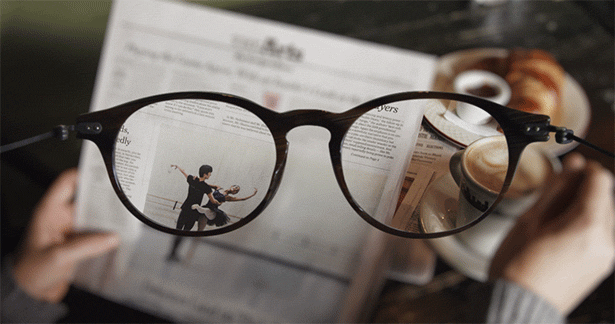
In 2011, husband-and-wife photography team Jamie Beck and Kevin Burg pioneered the cinemagraph – a form of GIF or video loop in which isolated movements appear within an otherwise static image.
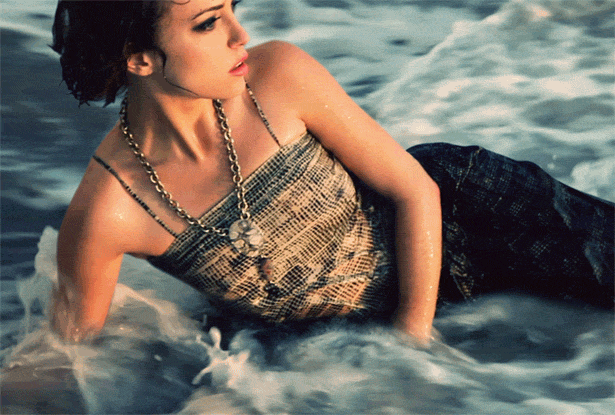
In an interview with Time, the team spoke about the cinemagraph, its creation and its nuances. Kevin Burg, the digital artist of the team, said:
“I think of it as a living photograph. It’s a photograph that has a living moment inside of it.”
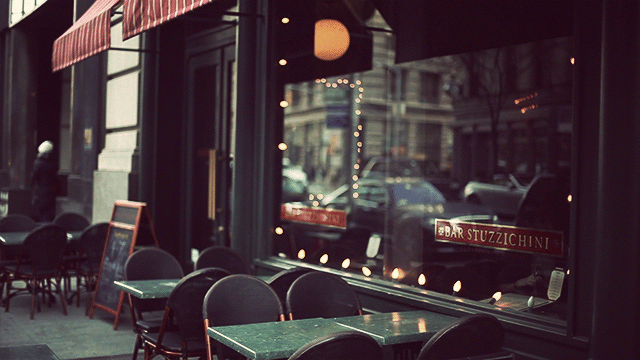
Photographer Jamie Beck explained: “We had to come up with a name because we’d go to a photo shoot and people kept saying, make one of those moving things. I was so tired of people saying “that moving thing,” so we came up with a name for it.”
Burg: “And calling it a GIF didn’t seem to work either, because a GIF can mean so many things. This is a specific thing with its own criteria. Its own medium.
“It’s really about combining the stills world and the motion world. Cameras now are a blurry world between the two. It’s not a still camera or a video camera. For instance, an iPhone does both off the same sensor.”
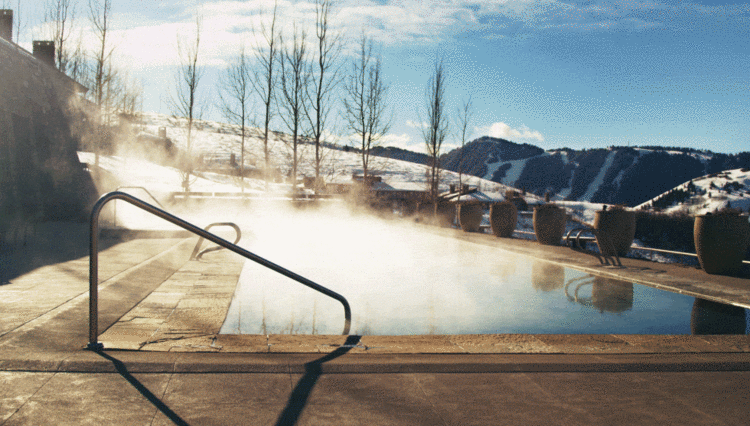
Beck: “It took a while for us to change the way we looked at the world to see cinemagraphs. And then once you can train your eye to do that, things open up. You just see something different. Seeing these little live moments that exist around you and being really aware of them. You stop everything else around it and focus on this one really beautiful, living thing.
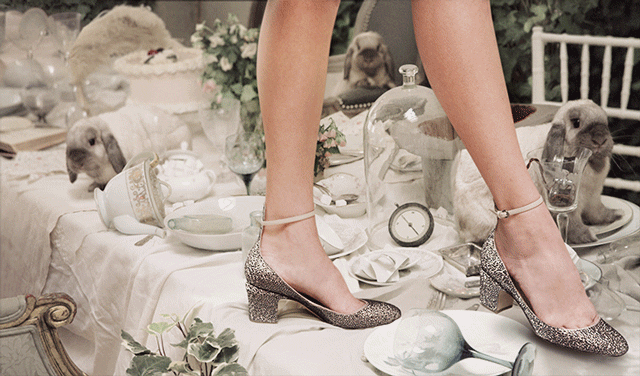
“It’s also fun because it allows people to see through your eyes. I have one of Grace Coddington sketching at the Ralph Lauren show at New York Fashion Week. It was fascinating because I was watching her sketch and everything else kind of went away. Disappeared. I didn’t see anyone or anything else. Then you get to recreate that in a cinemagraph. It’s like everyone is watching her sketch the way I was watching her sketch.

“It’s about being a storyteller. Sometimes people ask me, is film better than digital? You choose the right tool for the job. Sometimes making a video is the right tool for the job. Sometimes a cinemagraph will be the best outcome to share a moment. Sometimes a photograph. You apply the correct medium to what you want to do, what you want to say.”
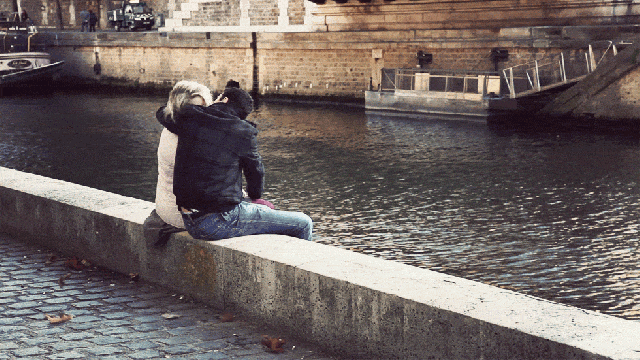
Cinemagraphs, elsewhere known as motion photographs, have become a hit worldwide. London’s Saatchi gallery now has a prize for the best animated GIFs.
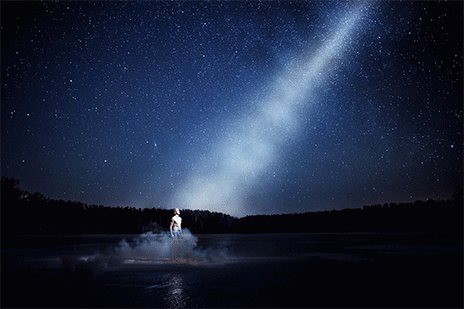
Not all agree that the focus should be on GIFs, though. Theo Downes Le-Guin, owner of Portland’s Upfor Gallery, argued,“I think it’s kind of odd to define [the art form] around the file format when there’s such a diversity of work that’s being made, and diversity of process that leads up to it. [But] I think art historians and critics would argue that this isn’t a problem unique to new media.”
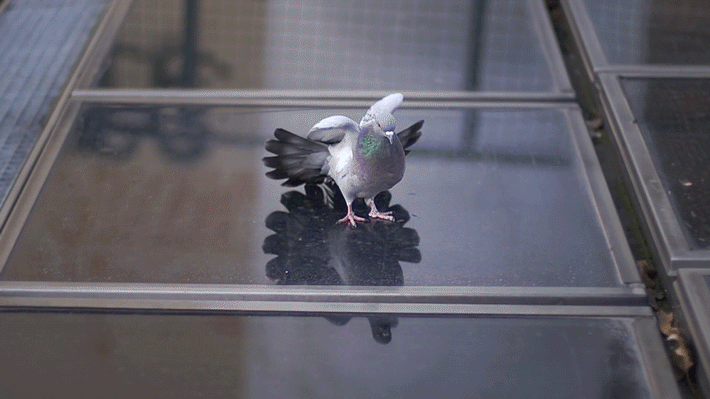
GIF art is being embraced in the city that lies at the centre of US art, though. New York-based photographer Mike Mellia created unique self-portraits in his project, A Selfie a Day Keeps the Doctor Away.
The moody, surrealist-inspired images focus on Mellia performing everyday activities, but the focus on singular movements draws out something strange. The images are intriguing and, rather than bringing to life the movement that is highlighted, they seem to emphasise the comparative lifelessness of the surrounding setting.

Commenting on the work, Mellia said: “I became obsessed with the idea that something so normal can become abnormal. In this way, the video loops were an extension of my storytelling style, subtle but with an underlying tension.”
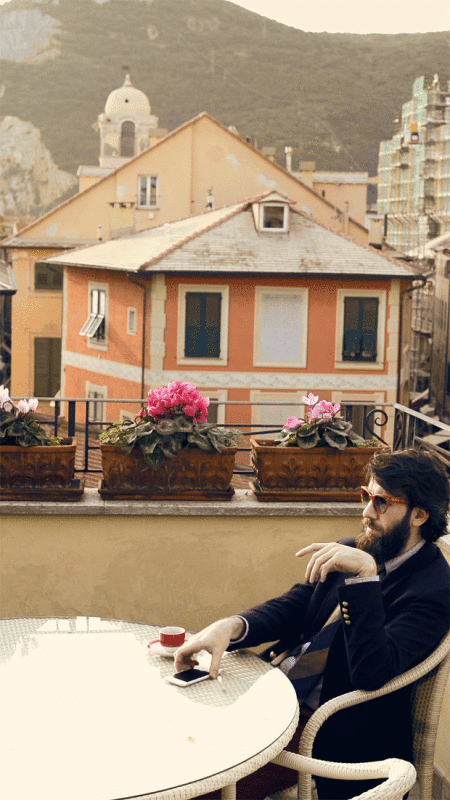

Another notable body of work to feature motion photography, or cinemagraphs, is Brandon Tauszik’s The Tapered Throne. This series takes as its focus the independently-owned barbershops of Oakland, where barbershops are a part of the community and barbers take pride in their craft.
Tauszik got to know the barbers featured in the project, and posted the photographs to his project website with a quote from each barber.
“We sometimes have to deal with a lot of negativity in Oakland; poverty, crime, violence. But I don’t believe my shop has to be part of all that.” – ATL of Fruitvale Barbers
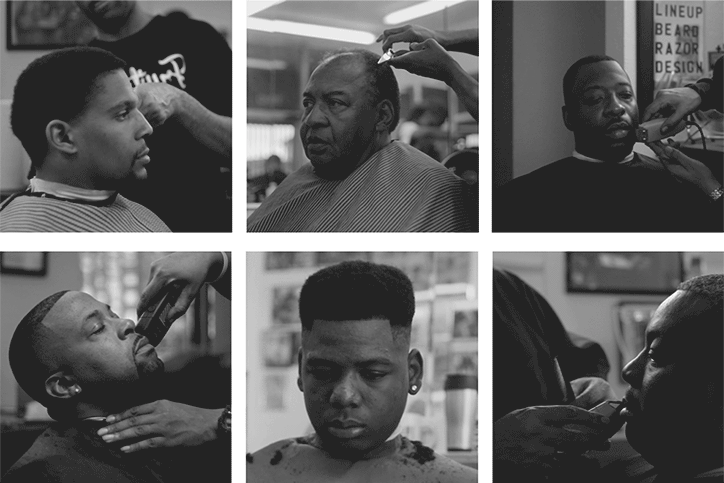
D., Professor of Africana Studies at Vassar College said in an essay on the project:
“Brandon Tauszik’s GIF images of black barbers in Oakland, California reveal the resolve of a group of ardent professionals. The project illuminates the position of barbers as conduits of black communities; of Oakland. Behind these portraits are the aspirations of men who are not just making a living, but who see the value of their labors in the development of black community life. Like the GIF images themselves, these men and their shops are not static. Even as they stand behind their barber’s chair with arms propped up clutching the clippers, they are constantly in motion and in tune with the comings and goings of the people in their city.”
The beauty of The Tapered Throne is in its simple, honed focus on an integral part of a community – one that is often overlooked. For this reason, the GIF is the perfect medium. In short video loops and isolated movements the artist’s vision is realised, perhaps far more extensively than it could be in a standard photograph or a longer film.
As new technology develops, new art forms follow soon after, and as imaginations are expanded by art, new technologies are conceived. While GIFs are still hoarded by Buzzfeed readers and meme-enthusiasts alike, they are also being recognised by universities and galleries as potent forms of art.






